What do Apple, Amazon, Adobe, Garmin, and Meta have in common?
They've all managed to harness the power of product expansion to grow their business, expand market shares, and drive revenue. And so can you.
In the article, we look at some of the top product expansion examples. We also explore the benefits of product expansion and give you a list of actionable product expansion strategies.
Pro tip: Before expanding your digital product, localize it. By going multilingual, you can reach new markets and reap the benefits of product expansion without incurring its costs. Learn more here.
To kick things off, let’s find out…
What is product expansion?
Product expansion is a growth strategy where a company introduces new products, features, or variations within its existing market. This can involve creating entirely new products that complement the current lineup, enhancing existing products with additional features, or adapting products for new customer segments. The goal is to increase market share, meet evolving customer needs, and drive revenue growth.
Real-world product expansion examples
- Apple: expanded from Mac computers to iPhones, iPads, and Apple Watches.
- Duolingo: added new languages and learning tools, such as Duolingo Stories.
- Figma: launched FigJam to simplify collaboration for non-designers.
- Adobe: expanded from Photoshop to the full Creative Cloud suite.
- Amazon: grew from an online bookstore to AWS, smart devices, and groceries.
- Meta: expanded through acquisitions of Instagram, WhatsApp, and Oculus VR.
- Garmin: grew from GPS devices to fitness trackers and sports wearables.
Below is a detailed overview of these seven product expansion examples to inspire your business strategy.
Apple's product expansion strategy
When Apple launched in 1976, it was a personal computer company.
Since then, they have expanded and developed their computer lines, and it's not an exaggeration to say they have revolutionized the PC market.
However, that's not necessarily what Apple is best known for. That's because they have expanded their product portfolio to include the iPod, iPhone, iPad, and Apple Watch.
Along with the new devices, the company has introduced a number of complementary accessories and services, like AirPods, iTunes, and Apple TV.
 Source: Macrumors
Source: Macrumors
Duolingo’s product development strategy
With over 500 million registered users, and 37 million monthly active users, Duolingo is one of the most popular language learning apps out there.
The company's product expansion takes place in several dimensions.
First of all, Duolingo keeps expanding the range of courses they offer. Currently, there are over 100 courses available in over 40 languages.
Secondly, the company keeps constantly reviewing and developing the existing courses, depending on the demand. For example, Duolingo stories are a feature that's available only in some languages.
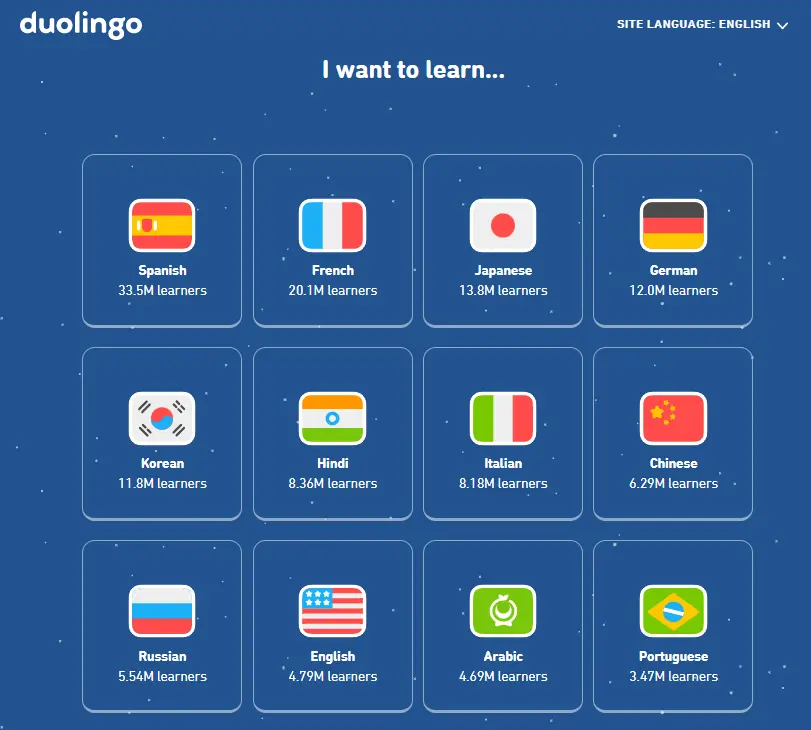 Source: Duolingo
Source: Duolingo
Figma’s product expansion strategy
Figma is a powerful design tool that enables real-time collaboration for dispersed teams.
While Figma is very intuitive to navigate, mastering it requires a substantial time investment. Naturally, many users are discouraged by its steep learning curve. Especially those who need only a fraction of Figma’s functionality.
That's why the company developed FigJam, a simpler version of the product that is way more accessible to less tech-savvy users.
 Source: Figma
Source: Figma
Adobe’s approach to product development
Adobe's first product, Adobe PostScript, was launched in 1984. Their flagship products, Photoshop and Illustrator, joined its product line-up soon.
Since then, the company, favored by creative professionals all over the world, has been consistently expanding and developing its range of digital products.
Currently, Adobe Creative Cloud encompasses 26 graphic, motion, UX, and web design tools, including Premiere, Lightroom, Dreamweaver, or XD.
 Source: Adobe
Source: Adobe
Amazon's product expansion strategies
Amazon offers one of the most spectacular examples of product expansion.
The company, founded in 1994, was originally an online bookshop. And they still sell books but it's only a fraction of their business.
There are very few things that you can't buy on Amazon. Car parts? No problem. Clothes? Just pick your size. Groceries? Amazon Fresh has got you covered.
Products available on their marketplace include Amazon-branded product lines and devices that allow users to consume Amazon content more easily, like Kindle e-readers, Echo speakers for Amazon Music, or Fire TV Stick for Prime Video.
On top of that, Amazon generates about 16% of its revenue from AWS, its cloud web services.
 Source: Mashable
Source: Mashable
Meta’s product development strategy
Meta, the Facebook mother company, has been pursuing product expansion through acquisitions.
Since its inception in 2004, Meta/Facebook has acquired 101 companies. The biggest acquisitions included Instagram (2012), WhatsApp (2014), and VR Oculus (2014).
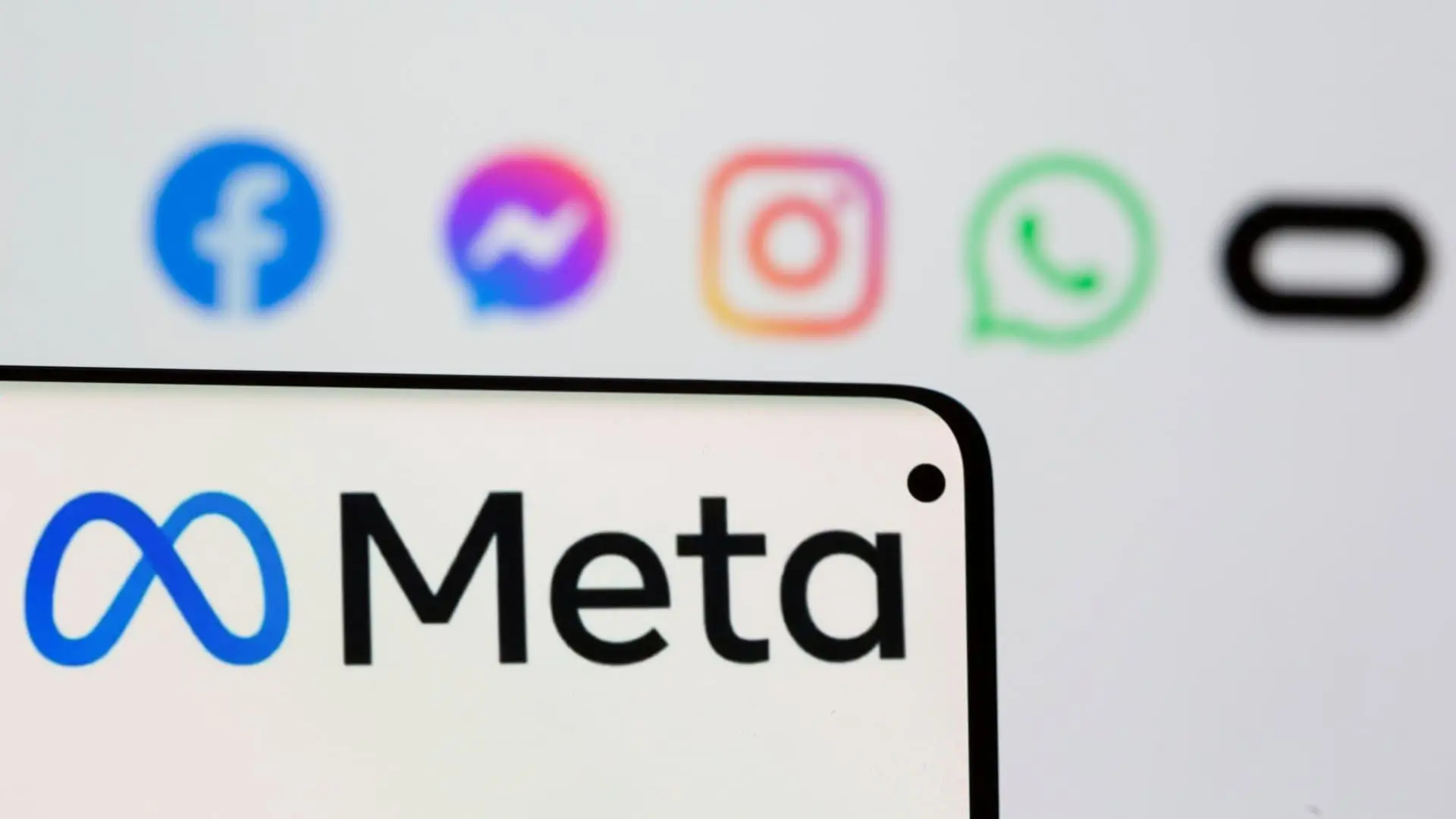 Source: Meta
Source: Meta
Garmin’s product development strategy
Garmin's first GPS devices were designed for car use.
The company has quickly expanded into different sectors. Now, they offer GPS devices for marine and aeronautic use.
However, Garmin is best known for their fitness devices. These include fitness trackers for everyday use as well as dedicated sports computers for every discipline imaginable. Cycling, running, triathlon, golf... you name it.
Apart from adding new products to its portfolio, the company keeps developing its current products to make them more competitive and satisfy customer needs better.
For example, Garmin Fenix, their multisport and outdoor watch is now available in 7 editions and multiple versions.
 Source: Garmin
Source: Garmin
5 Benefits of product expansion
The implementation of a product expansion strategy can yield five benefits. Let’s start with the most obvious one that can help you fast-track your company’s growth.
Increase your market share
Developing new products and adapting them for new market sectors or customer segments usually allows you to increase your market share.
Reinforce customer loyalty
Updating your product to keep up with the changing needs of your customers sends a clear signal that you care. And your customers will appreciate it in the long run.
Not only will loyal customers stay with you through thick and thin, but they will also spread the good word about your product.
Tap into new marketing opportunities
Developing new products allows you to expand marketing opportunities.
As your product portfolio grows, so does the range of marketing tactics you can deploy. This translates into increased exposure not only for the new product but also for the whole business.
Spread the risk
The more products you have in your portfolio, the lower the risk for your business.
How so?
Even if one of your products starts losing traction, the others will keep your business afloat. And when you have a range of products driving your growth, you'll be less reluctant to kill underperforming ones.
Increase credibility and visibility
Product expansion boosts the company's credibility and visibility.
Companies with diverse product lines are considered more reliable and reputable. It may be unfair for smaller companies offering quality niche products, but that's how consumers often think.
How to develop a product expansion strategy?
There's no one best product expansion strategy. What works for one product or company, won't necessarily work for others. Therefore, in most instances, you'll need to use a mix of approaches for the best results.
Base your product expansion strategy on the following principles:
Penetrate your current market first
Before you start looking at expanding your product, make sure you've exhausted business growth options in the existing market.
Developing new products is complex and requires resources, so first consider increasing your market penetration by
- targeting different sectors within existing markets
- adjusting pricing to make it more competitive
- diversifying acquisition and distribution channels
- boosting your marketing efforts.
📘 Further reading: Looking for more growth strategies? Check out our guide to market penetration
Constantly develop your product
Adding new features and functionalities is an obvious way to expand your product.
To develop your product in an informed way, start with market research. Look at what your competitors offer and come up with better ways of solving the same problems. Otherwise, you'll constantly play catch-up.
Localize your product
If you sell a digital product, localize it to reach more customers in foreign markets without developing a full-scale international business expansion strategy.
Product localization requires cultural and linguistic adaptations to make the product feel like it was originally designed for the target market. Naturally, this goes beyond changes to the product’s UI.
Pro tip: To fully localize your product, adapt customer support materials, and marketing assets across all stages of the customer journey. To manage a project of such scale and complexity, use a professional localization suite. Learn more here.
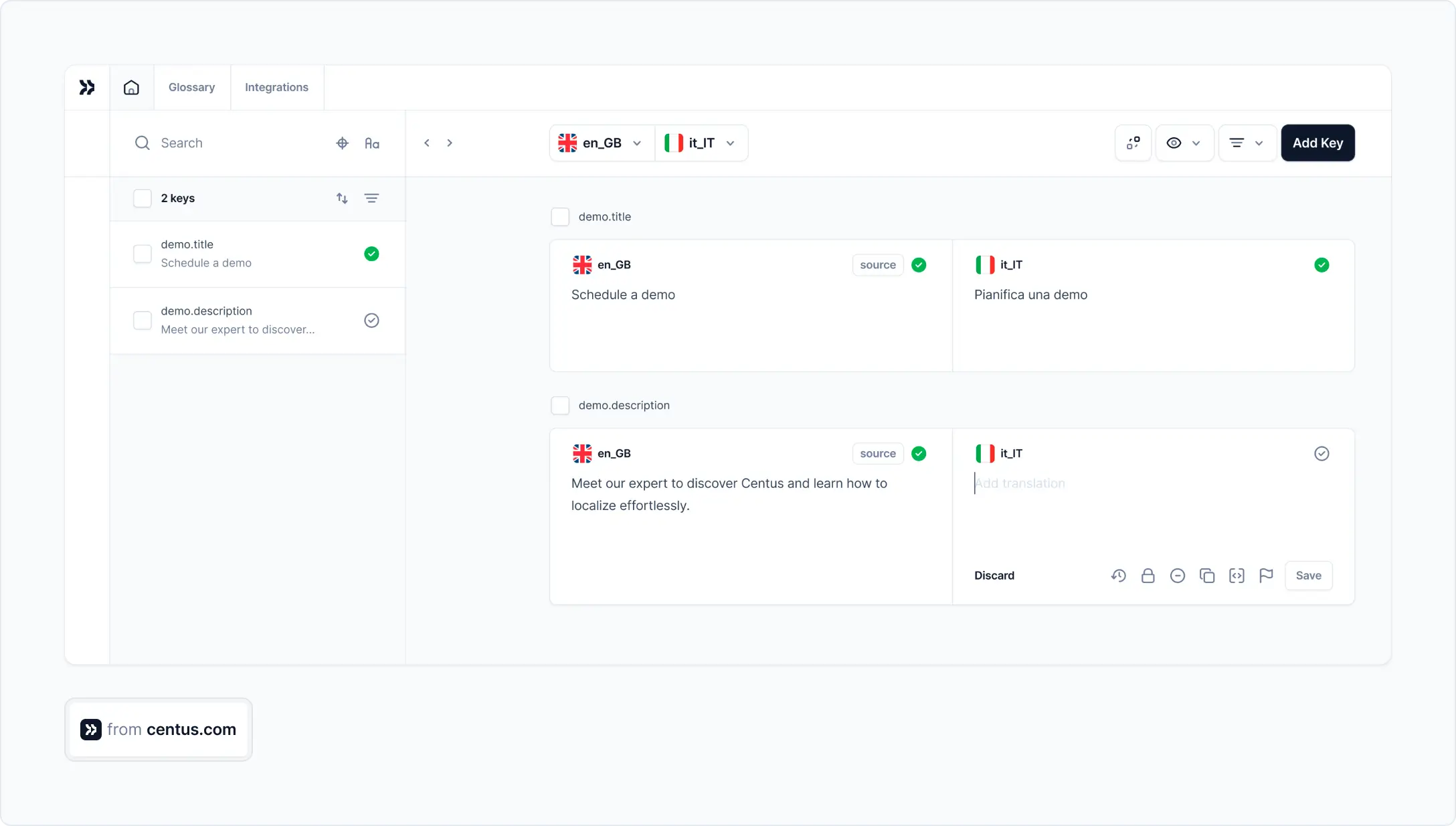
Diversify your product
To expand your product line, you don't necessarily need to develop brand-new products. Instead, you could start by adding new versions to your existing product to appeal to different customer groups.
Coke is a good example. Coca-Cola offers a range of different flavors including two sugar-free varieties: Diet Coke and Coke Zero.
Why two? When Diet Coke first appeared on market, it became associated with female consumers, so the company launched Coke Zero to target men.
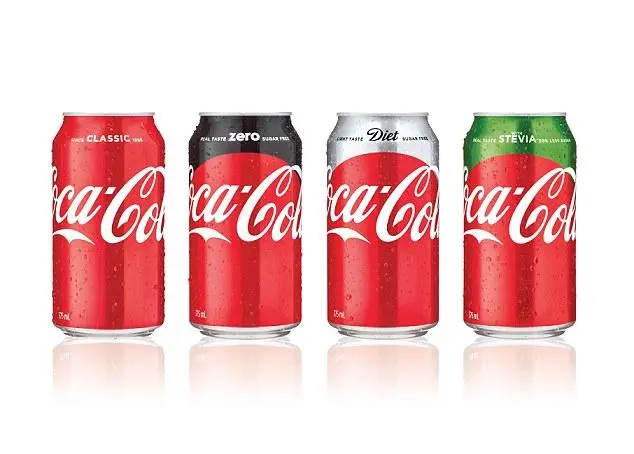 Source: Daily Mail
Source: Daily Mail
Introduce new product lines
Introducing new product lines takes it a notch further because it requires more substantial adaptations to the product.
If you're a company manufacturer, adding SUVs or vans to your line-up would be a good example.
 Source: Whichcar
Source: Whichcar
Expand product line through acquisitions
If you don't have the know-how or resources to develop new products from scratch, acquiring businesses could be a way to expand your product line.
Apart from access to the technology and infrastructure, you may also be able to retain the acquired product’s market share. That's what Facebook achieved when it purchased WhatsApp, a direct competitor to its Messenger.
Develop complementary products or services
When you have a solid product in place you can enhance its attractiveness by developing products or services that complement its value.
For example, if you're offering software, developing ready-to-use templates will make it more attractive to prospects.
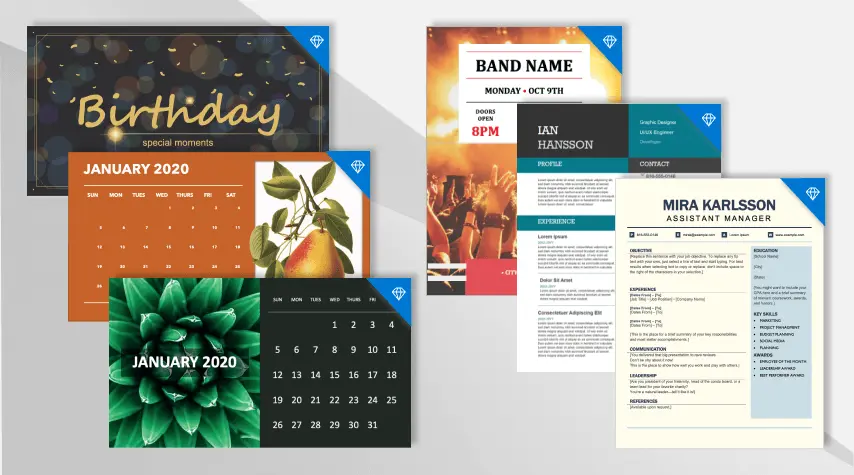 Source: Microsoft
Source: Microsoft
Introduce product bundles or packages
When you develop complementary products, try bundling them up to create a synergy effect.
For example, Microsoft offers a bundle of its productivity tools as a subscription-based service, Office 365. These include Word, Excel, PowerPoint, and Outlook, as well as OneDrive and Teams, making it easier for users to store and collaborate on their work.
Each of the tools is great on its own but when you use them together they all complement each other and allow users to improve their workflow.
Product expansion vs market expansion
Run a Google search for product expansion and you'll find that most of the top-ranking sites cover market expansion strategies. Albeit used interchangeably, a product expansion and market expansion strategy are not the same.
Product expansion refers to developing existing products and creating new ones. Market expansion, on the other hand, involves entering new markets to sell existing products.
Product expansion checklist
Expanding your product?
Here's a product expansion checklist to ensure you leave no stone unturned.
Market research
- Is there sufficient market demand for the new product?
- Who are the target consumers?
- How will you reach and engage the target audience?
- Who are the main competitors?
- Are there any potential market gaps that the new product could fill?
Product development
- What are the key features and benefits of the new product?
- Have you created and tested prototypes?
- Is the product reliable and of adequate quality?
- How does the new product compare to similar products in the market?
- What is the timeline for the product development process?
Brand positioning
- Does the new product align with the brand's values and identity?
- What is the branding strategy for the new product?
- How does the new product enhance or complement the existing brand image?
- How will you differentiate the new product from competitors?
Resource planning
- What resources do you need for expansion?
- Are there any potential resource constraints?
- What is the plan for securing additional resources if needed?
- How will resources be allocated and budgeted?
- How will resource allocation be monitored and adjusted if necessary?
Marketing and sales
- What is the marketing plan for the new product?
- How will you distribute the product?
- What are the pricing strategies?
- What are the targets and marketing and sales key performance indicators?
- How will you maintain customer engagement after the product launch?
Customer feedback and testing
- What is the customer feedback on the new product?
- Has the product been tested in a controlled/real-life environment?
- Have you analyzed the feedback/test results?
- Have you implemented the necessary improvements?
- How will you collect customer feedback post-launch?
- How will you use customer feedback to inform the product and marketing strategy?
Launch and implementation
- What is the timeline for the product launch?
- Who is in charge of product launch planning and execution?
- How will you monitor the feedback from sales and customer support?
- What contingency measures have you got in place for the launch?
- How will you communicate with internal stakeholders and the market about the launch?
Post-launch review
- How successful was the product launch?
- What was the sales and customer feedback?
- What areas of improvement have you identified?
- How will you implement the improvements?
- How would you improve the product launch process if you were to launch the product again?
Get the week's best content!
By subscribing, you are agreeing to have your personal information managed in accordance with the terms of Centus Privacy Policy ->
Keep learning
15 min. read
8 International Expansion Failures Examples
13 min. read
Global Expansion Strategy Explained with Examples
13 min. read
Best Internal Growth Examples + 8 Expert Strategies

13 min. read
Building a Multidomestic Strategy with Examples
9 min. read
Top 10 International Marketing Principles
6 min. read